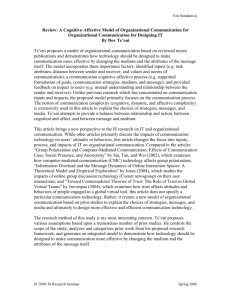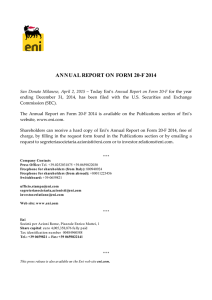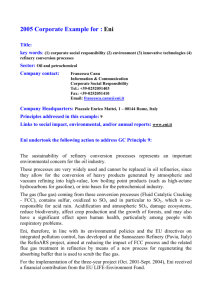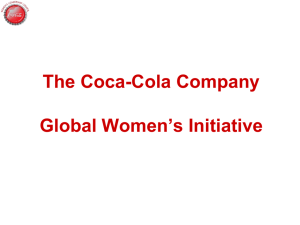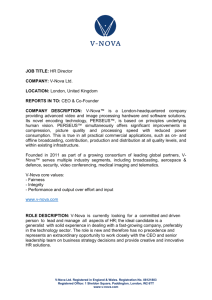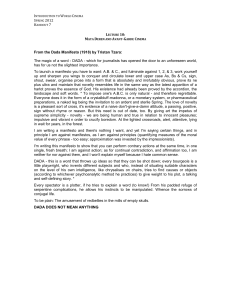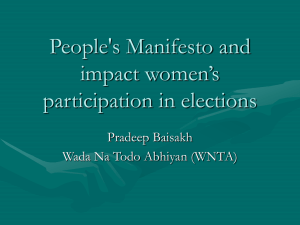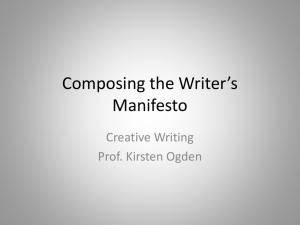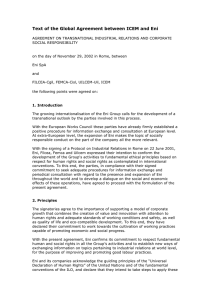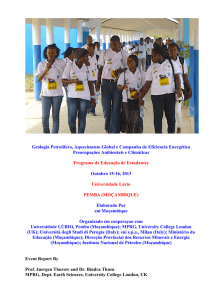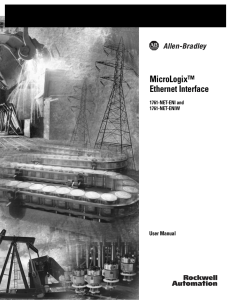How Coke's CEO Aligned Strategy and People to Re
advertisement
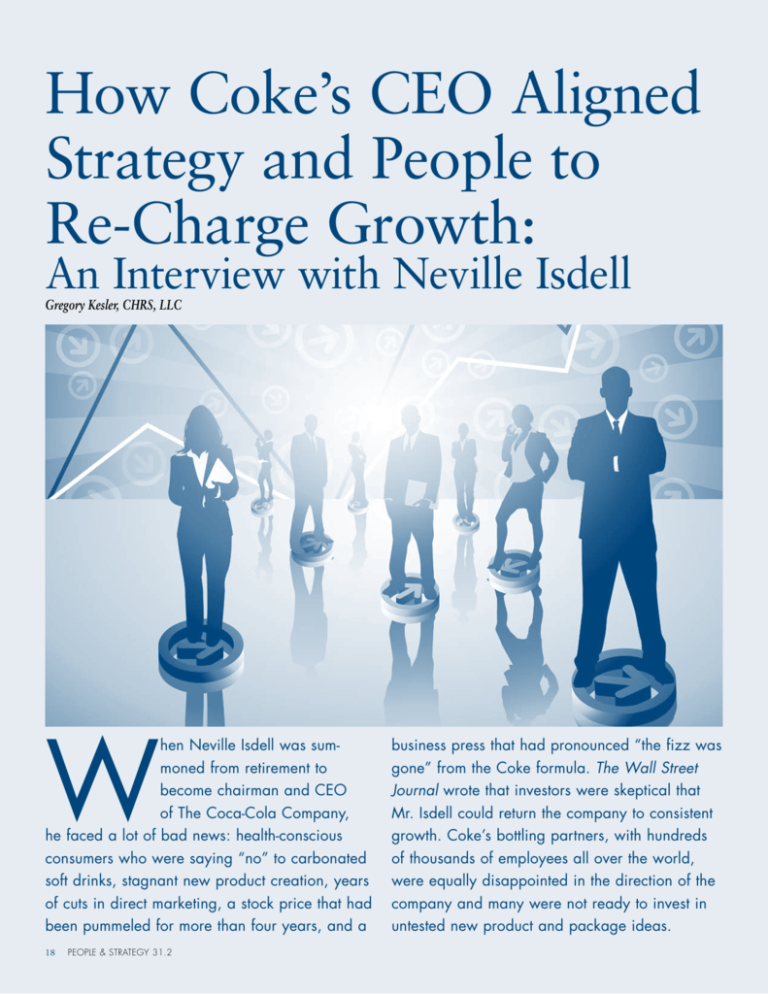
How Coke’s CEO Aligned Strategy and People to Re-Charge Growth: An Interview with Neville Isdell Gregory Kesler, CHRS, LLC W hen Neville Isdell was summoned from retirement to become chairman and CEO of The Coca-Cola Company, he faced a lot of bad news: health-conscious consumers who were saying “no” to carbonated soft drinks, stagnant new product creation, years of cuts in direct marketing, a stock price that had been pummeled for more than four years, and a 18 PEOPLE & STRATEGY 31.2 business press that had pronounced “the fizz was gone” from the Coke formula. The Wall Street Journal wrote that investors were skeptical that Mr. Isdell could return the company to consistent growth. Coke’s bottling partners, with hundreds of thousands of employees all over the world, were equally disappointed in the direction of the company and many were not ready to invest in untested new product and package ideas. Although the brand still held enormous value and cash flow was good, Mr. Isdell’s daunting task was to turn around an icon in trouble—to return The Coca-Cola Company to growth. Mr. Isdell’s leadership, along with that of Muhtar Kent, the successor he helped identify and develop, has enabled the business to meet its growth targets 11 quarters in a row. The company delivered a 30 percent total return to shareholders in 2007. That same year Isdell pulled off the $4.1 billion acquisition of glacéau, makers of vitamin water. CNBC recently described him as a transformational CEO. Late in 2007 the company announced Isdell’s succession plan, which will take place in July 2008. Born in Ireland, Mr. Isdell moved to Africa at a young age and began his career with The Coca-Cola system in 1966 with the local bottling company in Zambia. He later delivered stellar results for the company in several international posts including the Philippines and Greater Europe. In 1998 Mr. Isdell left the company as president of the Greater Europe group to run a major bottler, leading the business through a series of divestitures and mergers. He retired from a successful tenure as CEO at CocaCola Hellenic Bottling Company in 2001. Two years later he was happily splitting his time between the south of France and sunny Barbados when the board asked him to come back as Coke’s chairman and chief executive. People & Strategy’s special issue editor had the opportunity to interview Neville to understand more about the thought process and leadership behavior of a successful chief executive in a large multinational company paying a heavy price for its change-resistant culture. What emerges is a look into the role of a chief executive who is rebuilding excitement and belief in a brand, while driving change in culture, strategy, structure, and executive talent. GK: When you arrived at the company in Spring 2004, what did you discover? ENI: One of the striking things was the exit of high caliber people because of disenfranchisement over recent years, including two poorly implemented reorganizations and lay-offs. But many people were waiting for change, believers with a special relationship with the company and the business, and we knew we could tap into that group to drive a turnaround. That was a critical belief—because at the end of the day we’re a management and creative services company. We provide franchise leadership and marketing ideas that drive our larger Coca-Cola system. The people equation is critical. ENI: I dug into the employee engagement data and created some hypotheses and then tested them. It was all about recharging morale. The data said our people had no belief in management or in our ability to grow our core versus buying other businesses; some believed we needed to buy a management team that could run the business better. In August 2004, we had a kick-off with the top team in London to begin building what we began to call our “manifesto for growth.” The senior leaders were confused at first about what I was doing. We had to confront our own lack of confidence— confidence that we could grow our core business, for example. It was a loosely affiliated team with distant relationships, but when they understood what we were trying to do they became very involved. They became a team. We asked them to dream a little. Then we asked, are we ready to do the work? After some real catharsis we tapped into the passion and the caring. This initial work was basically repeated in a collaborative process over the next eight months involving the top 150 leaders around the world, engaging them in the creation of our future architecture and strategy. EXHIBIT 1 Isdell’s Manifesto for Change 1. Listen and find a core group of leaders who want to be part of the change—make them owners. 2. Build coalitions inside and out—then have the courage to move ahead. 3. Be direct with people; draw tough lines on performance. 4. Use the executive talent process and organization structure to drive change and develop new leaders. 5. Model all the leadership behaviors you expect from others—stay away from arrogance. GK: It took some time. How did you manage the many crises the company faced? ENI: We started slow, but it was a matter of going slow to go fast later and the evidence is in the results. There were quick hits we started immediately—we weren’t waiting to fix things—like reinvesting $400 mm in marketing, and refocusing our R&D spending—coordinating new product-development investments and consolidating some corporate staff groups to gain some leverage. That helped to build confidence. GK: Where did you start? GK: What role did you personally play in the “manifesto process?” ENI: We had not been making our goals for a number of years. We had to deliver, but I needed to invest as well; I needed to regain the commitment of our people. I made it clear that I was here to take long-term action, and that I wanted to go out and listen and communicate before making a lot of changes. I didn’t want to talk to investors or the press until I had completed that listening process. ENI: I stayed very involved in the process without sitting on the various design teams doing the work. I believe in people and trust them, and only occasionally have I been let down. In this way you demand amazing things and you get them. We changed everything —moving away from the “think local-act local” organization to a middle ground that did take some decision rights away from the regions. GK: You engaged people in creating a new growth strategy. Tell us how you went about doing that. GK: What did you discover with regard to executive talent in the business? PEOPLE & STRATEGY 31.2 19 ENI: Initially, I took the president role on myself, in addition to the roles of CEO and chairman. I had a clear view of what needed to be done. I didn’t want to confuse that by bringing in an outsider who would be on a learning curve. The manifesto process was revealing. Three obvious talent gaps were at the executive level: 1. We needed someone new to lead HR, because there was low regard for the function. I had a solution for that with Cynthia (McCague), whom I had worked with in CCHBC (a large bottler based in Europe). 2. We needed a different marketing leader. Within the first three weeks I elevated a seasoned marketing executive, who could help stabilize the business in the short term. 3. We needed a voice for our bottling network at the table. We previously ignored that connection and failed to recognize this key capability as necessary within the company. To rectify that, we brought in a strong bottling executive from our system to lead the company-owned bottling operations. GK: You have spent a lot of time on organization design and executive talent. Tell us how you worked those two levers together to drive change? ENI: Once we convinced our leaders we were here to grow the business—after about a year—I could make more aggressive changes, like setting up the integrated marketing, strategy, and innovation organization under Mary (Minnick) to break down the silos among those pieces. We brought in Dominique Reiniche, a bottling operations executive, to run Europe, and made Muhtar Kent our head of international, and later elevated him to COO. Initially, there was no grand design, but the organizational expanding the product portfolio to meet consumer needs around the world, and it means building or acquiring many new skills. We haven’t done enough, but as a leadership team we’ve invested a lot more management time in people development over the past three years—again, tied to the realization we are fundamentally a creative-service business. Most recently, we’ve set up a women’s leadership council to accelerate the global recruitment, development, and advancement of women at the company, and Muhtar is leading that now. GK: Is there a global executive profile for Coke, in your judgment? ENI: We operate all over the world, and we need more leaders with international experience. These jobs in emerging markets grow resourceful, broad-minded leaders. We made it a point to ask managers to take more lateral assignments, and we want them to move across markets, and sometimes functions. We’ve spent more time talking about execution: We need well-rounded leaders who can execute. We’re leveraging the people-development programs that were invented in Europe or Asia or Latin America, all around the world, rather than inventing everything here in Atlanta. They’re still global programs but various geographies act as stewards for these practices. GK: You’ve done a lot of assessment and coaching of leaders these past few years. What role has that played in the change process? ENI: Honesty and feedback were part of the values we espoused in the manifesto. We joked that the company had become a “feedback-free zone,” and we knew that had to change. We We’re leveraging the people-development programs that were invented in Europe or Asia or Latin America, all around the world, rather than inventing everything here in Atlanta. structure began to evolve quickly. We reconsidered the role of the corporate center functions as well as the role of our (geographic) division presidents. We challenged the sanctity of our division structure. “Freedom in a framework” was an idea we asked leaders to embrace. We changed the structure, but it’s not about central versus de-central. We want leaders making decisions and we want those decisions to fit inside our manifesto for growth. Eventually we narrowed the membership in the executive leadership team in order to move more quickly. The manifesto set the stage for a new look at leadership talent. Early in the manifesto work, we identified critical capabilities necessary to deliver sustainable growth. These provided direction for the HR function, as well as the operators, to work on assessing and developing our people and on building new processes. We identified four key capabilities to drive growth: brand marketing, franchise leadership, innovation, and people development. We are 20 PEOPLE & STRATEGY 31.2 started with performance evaluations of people in year one, which hadn’t been done. I prepared a narrative evaluation of each executive committee member following a deep discussion with each of them. My coaching was behavioral. I want leadership role models. I looked for ways to model what I wanted from my executive team. Those evaluations were hands on, while I was traveling all over the world. I never worked harder than in those first 18 months. As you know, each leadership committee member went through an intense assessment and feedback process—as did I, followed by most of our division presidents. We rebuilt our executive-talent reviews to make them more interactive and more results-oriented. Muhtar challenged everyone to make sure these discussions led to action. We changed the culture as a leadership team by working together to evaluate key leaders—more candidly, more openly. As an executive committee we worked on staffing scenarios that led to executive changes in Japan, China, the Philippines, and other key markets. We made moves to broaden the experiences of our future top executives. Cynthia worked with several of our division presidents to establish a general management assessment program for growing more international GM talent. The manifesto for growth was the basis of that work. The job isn’t done by any means. GK: How did you involve the board in those moves? GK: The team made some tough calls in some of those assessments. GK: You will be passing the CEO role to Muhtar Kent soon. Can you share a little about how the succession process played out? ENI: I was open with the board about the gaps. We told them we wanted three ready-now players for every key position. We’re not there, but we’ve moved from 0.8 to 1.6 on average. The board and I worked together on the successor issue from the beginning of the process. We rebuilt our executive-talent reviews to make them more interactive and more results-oriented. . . . We changed the culture as a leadership team by working together to evaluate key leaders—more candidly, more openly. ENI: We worked hard to build morale, but we also made tough people decisions. We didn’t make exceptions to our standard separation packages, because by then people knew where they stood. We drew a tough line and we didn’t make deals. GK: What’s next? ENI: We are only half way to where we need to be in growing the leadership pool. We want leaders throughout the company to show what Cynthia calls “an eye for talent.” We have to continue to build the product portfolio with our bottling partners, while continuing to grow our core business—and we’re facing many new competitors. This means we’ve had to grow many new skill sets. GK: You went outside for some key players. What role did culture-fit play in those selections? ENI: We talked in the manifesto about the need to take more of an external view of the world. We tried to pay attention to cultural fit for the most part, but in some hires we intentionally set up some tension to force change. I told Cynthia when we hired one senior executive that he was going to make us very uncomfortable and that was just what we needed in that role. We did a couple of those but you have to choose where you put them and not overdo it. I spent a lot of time in those selections making sure we were aligned, and in helping to sell the company to top candidates, which was necessary early on. ENI: Muhtar’s business know-how was always apparent and we invested a lot in his broader development, involving the board from the beginning. We managed the first phase of the company’s return to sustainable growth as a relay race, and we are managing the succession process that way. The reality is that we are managing a transition here, including my staying on as chairman through April 2009. Muhtar and I can do this because we have a strategy we have created together and because we trust each other. There will be stylistic differences between us, but the future path is clear and we are on the same page. We are taking on difficult questions right now and we’re doing it together. We’ve just completed a refreshing of the manifesto, and Muhtar has led that work. GK: How has the role of the CEO changed in your judgment? Any counsel for your business colleagues? ENI: We have tried to eschew executive ego, as a culture and as individual leaders these past four years. The energy and drive that come with these strong personalities make that difficult sometimes. We have not lapsed into arrogance. In some ways I’ve done the easy part. Muhtar takes over a healthy business with growth and belief in itself, but he will have to take it to the next level. Gregory Kesler is managing director of a small consulting firm in Wilton, Connecticut (www.chrs.net). He specializes in organization design and executive talent practices. PEOPLE & STRATEGY 31.2 21
